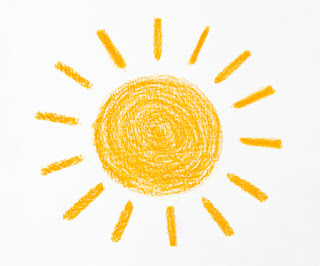While there is not a hosepipe ban currently in force it is important to remain ‘water wise’ when you are tackling watering the garden and the allotment.
The Royal Horticultural Society advises that you should check the moisture in your garden twice daily during hot weather. Watering early in the morning to avoid evaporation and then again in the evening are the two optimum times of day to water.
Here are the RHS’ tips for economical watering:
- Established trees and shrubs do not generally need watering, as they have such wide-ranging roots that they are drought-proof. But their growth may be improved by watering when they are under 'drought stress'.
- Trees and shrubs planted less than five years ago have increased water requirements and may suffer drought stress without watering.
- Newly sown or newly planted areas are very vulnerable to water-stress, and watering these should be high priority.
- Herbaceous perennials often need watering to boost their performance in hot, dry spells. Plant choice is crucial if you want to achieve a drought-proof border. See the RHS advice on drought-resistant plants for more on plant choice.
- Edible produce yields and quality are greatly improved by watering at times when drought stress would affect the part of the plant that is gathered. Leafy crops such as lettuce and spinach should never be short of water. Onions require little or no watering. Most other crops need watering at sowing and transplanting time, and then again as the fruits, roots or tubers are developing. It is also a good idea to give a single, thorough watering about two weeks before harvest.
- Lawns require great quantities of water for thorough irrigation, and this is a questionable use of a scarce resource for any other than high quality lawns or sports turf. Instead of watering in dry periods, mow less closely and less frequently. Brown patches usually recover when the autumn rains return.
- Mulching with a layer of organic matter or gravel at least 5cm (2in) thick, or using opaque mulching sheets, reduces moisture loss from the upper layers of the soil. This may amount to as much as the equivalent of 2cm (0.75in) of rain.
- Removing weeds is vital, as weeds use up valuable soil moisture reserves.
- Planting new plants between autumn and spring gives them the best chance of growing roots before dry weather begins.
Visit the RHS website for more advice on correctly watering your garden.
In hot, dry weather it’s also important not to forget the wildlife. Birds need water for drinking and bathing so, if you have a bird bath in your garden, keep it clean and topped up with fresh water. The Royal Society for the Protection of Birds has some excellent advice on birds and water
And don’t forget mammals like hedgehogs. Leave a shallow dish of water out for them.
